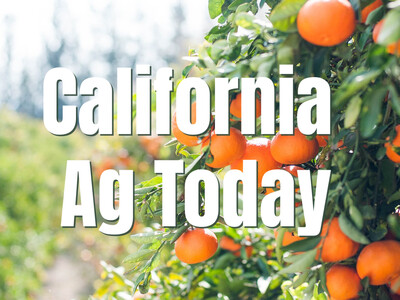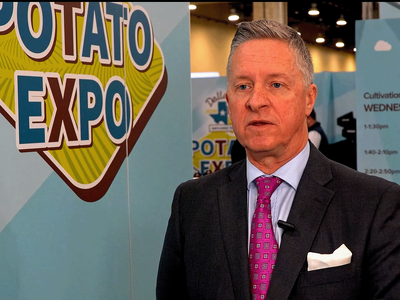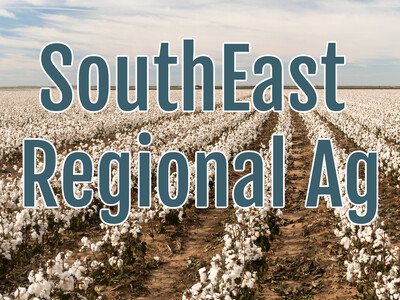What's Next for the Farm Bill & Child Labor Response
What’s Next for the Farm Bill & Child Labor Response plus Food Forethought. I’m Greg Martin with today’s Northwest Report.
A former USDA Chief of Staff is optimistic that Ag Committee leaders on Capitol Hill and farm and commodity groups will put their differences aside when work resumes next year on the 2012 Farm Bill. Dale Moore views the ag policy deliberations that occurred during the Super Committee process as a scrimmage.
MOORE: Not everybody came out of it happy. There’s a lot of bruised egos in Washington. So you put all those pieces together and now we figure out where do we go from here and we’re going to count on the farm groups, we’re going to count on the commodity groups to come up with a way to work together to put that package in.
Responding to proposed child labor regulations, the American Farm Bureau Federation has filed comments on behalf of more than 70 ag organizations in response to a proposal by the Labor Department that would limit youth employment opportunities on farms and ranches. Farm Bureau noted that the proposed regulation seems to go well beyond DOL’s authority. FB President Bob Stallman said we have no desire at all to have young teenagers working in jobs that are inappropriate or entail too much risk. Farmers and ranchers are more interested than anyone else in assuring the safety of farming operations and their right to operate their farms with family members is specifically permitted by Congress. We don’t want to see those rights infringed.
Now with today’s Food Forethought, here’s Lacy Gray.
Traffic Light Food Labeling, is it a good or bad idea? Is it too simplistic a method for informing consumers about food ingredients? Is it a system that can easily backfire by “mislabeling” foods such as meats, dairy products, and nuts as unhealthy based on possible fat, salt, or sugar content? Numerous governments have rejected it. Anti-meat and anti-dairy groups would certainly be in favor of “simplifying” consumer food shopping with this type of food labeling system, which would basically be pushing a vegan lifestyle. On the surface it may seem like a good idea; foods with a red light are those you should have only occasionally, amber would mean an okay choice most of the time, and foods with a green light symbol being the proposed healthier choice would tell consumers the more the better. What could be easier? But would it really work that way in the mind of the consumer? We have been trained from childhood that a red light means, stop, danger ahead! This type of system could easily confuse consumers about what’s truly healthy and what’s not, with certain foods falling into the red category when they are actually healthy choices.
Thanks Lacy. That’s today’s Northwest Report. I’m Greg Martin on the Ag Information Network.














